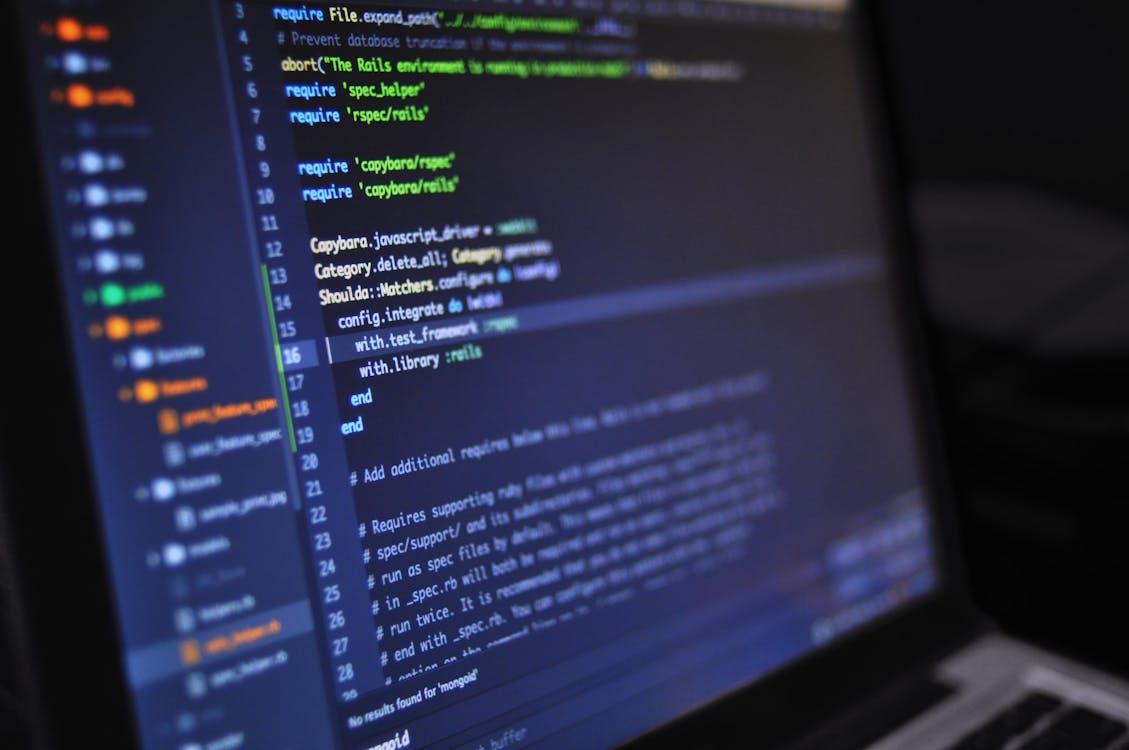Manim: The Mathematical Animation Engine Powering 3Blue1Brown’s Visual Masterpieces
Visual representation of mathematical concepts (Image source: Unsplash)
Introduction: Where Mathematics Meets Animation
Abstract mathematical concepts often resist clear communication through static formulas alone. This is where Manim – an animation engine specifically designed for explanatory mathematical videos – demonstrates its unique value. Created and open-sourced by Grant Sanderson, founder of the 3Blue1Brown YouTube channel, Manim transforms complex mathematical ideas into intuitive visual experiences through programmatic animation, making concepts like Laplace transforms and linear algebra come alive.
This comprehensive guide explores Manim’s technical architecture, installation procedures, and community ecosystem, providing an in-depth look at this revolutionary open-source tool transforming mathematical education.
Technical Architecture of Manim
Core Functionality and Value Proposition
Manim serves as a programmatic animation engine specialized for mathematical explanation videos. Its fundamental value lies in:
-
Revealing hidden connections in abstract concepts through mathematical visualization -
Establishing reproducible animation workflows -
Creating an open-source ecosystem for mathematical visualizations
Community Edition and Technical Specifications
The current Manim Community Edition (ManimCE) ecosystem features:

Developer community collaboration (Image source: Pexels)
Version Note: Manim Community Edition (ManimCE) is a fork of Grant Sanderson’s original version (3b1b/manim), now maintained by the community. While Grant maintains his personal version, the community edition is recommended for its continuous updates, enhanced features, and comprehensive documentation.
Technical Implementation Deep Dive
Animation Programming Paradigm
Manim employs a declarative scene construction model where developers define animation elements and behaviors through Python code:
from manim import *
class SquareToCircle(Scene):
def construct(self):
circle = Circle()
square = Square()
square.flip(RIGHT)
square.rotate(-3 * TAU / 8)
circle.set_fill(PINK, opacity=0.5)
self.play(Create(square))
self.play(Transform(square, circle))
self.play(FadeOut(square))
Typical scene: Square transformation into circle
This code implements three animation phases:
-
Square creation ( Create(square)) -
Transformation to circle ( Transform(square, circle)) -
Fade-out effect ( FadeOut(square))
Rendering Workflow
Executing animations requires the command-line interface:
manim -p -ql example.py SquareToCircle
Key parameter analysis:
-
-p: Auto-preview after rendering -
-ql: Quick low-quality rendering mode -
-s: Display only final frame -
-n <number>: Jump to specified animation sequence

Command-line interface (Image source: Pexels)
Technical Deployment Solutions
Installation Considerations
⚠️ Critical Notice:
Community edition and original version installation procedures are incompatible
Strictly follow version-specific installation guides
Official deployment options include:
-
Local Installation: Visit installation documentation for OS-specific instructions -
Docker Containers: Use pre-built images for rapid deployment docker pull manimcommunity/manim -
Online Environment: Experience through Jupyter Notebook without installation
Jupyter Integration
Manim provides IPython magic commands for seamless integration:
%%manim -ql -v WARNING SquareToCircle
class SquareToCircle(Scene):
def construct(self):
...
Supports real-time animation preview within notebook environments
Community Ecosystem
Support Infrastructure
Open-source community collaboration (Image source: Unsplash)
-
Documentation Hub: Comprehensive technical reference at ReadTheDocs -
Real-time Communication: Instant support through Discord community -
Issue Tracking: Technical problem reporting via GitHub Issues -
Knowledge Sharing: Usage tips exchange on Reddit forum
Contribution Guidelines
The community welcomes ongoing contributions including:
-
Test case development -
Documentation improvements -
Bug fixes
Current contribution considerations:
Project undergoing major refactoring
Propose new features via Discord first
Avoid conflicts with development roadmap
Recommended developer toolchain:
uv pip install manim
uv tool documentation provides complete development environment setup
Academic Citation and Licensing
Standard Citation Practices
Use GitHub’s “Cite this repository” feature to generate standardized citations supporting:
-
BibTeX -
APA -
MLA and other academic formats
Dual-Licensing Framework
Manim employs a unique dual-licensing model:
-
MIT License: Copyright 3blue1brown LLC -
Community License: Copyright Manim Community Developers
Complete license texts available in repository:
-
LICENSE -
LICENSE.community
Conclusion: The Animation Revolution in Mathematics
Manim transcends being merely a technical tool – it represents a revolutionary medium for mathematical communication. It transforms:
-
Abstract formulas into intuitive visuals -
Passive learning into active exploration -
Individual creation into community collaboration
Through programmatic animation, Manim reshapes our understanding of mathematics – making the convergence of Cauchy sequences visible and the frequency decomposition of Fourier transforms tangible. This paradigm shift represents the open-source community’s invaluable gift to mathematical education.
As demonstrated in Grant Sanderson’s 3Blue1Brown videos: when rotating cubes reveal matrix essence and flowing vector fields present differential equation solutions, mathematics ceases to be a labyrinth of symbols and becomes an explorable visual landscape. Manim opens precisely this cognitive gateway.
Technical Resource Navigation:






